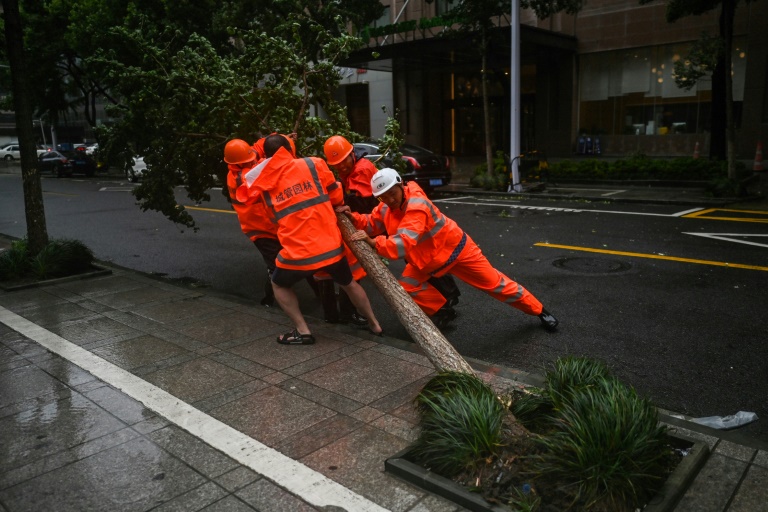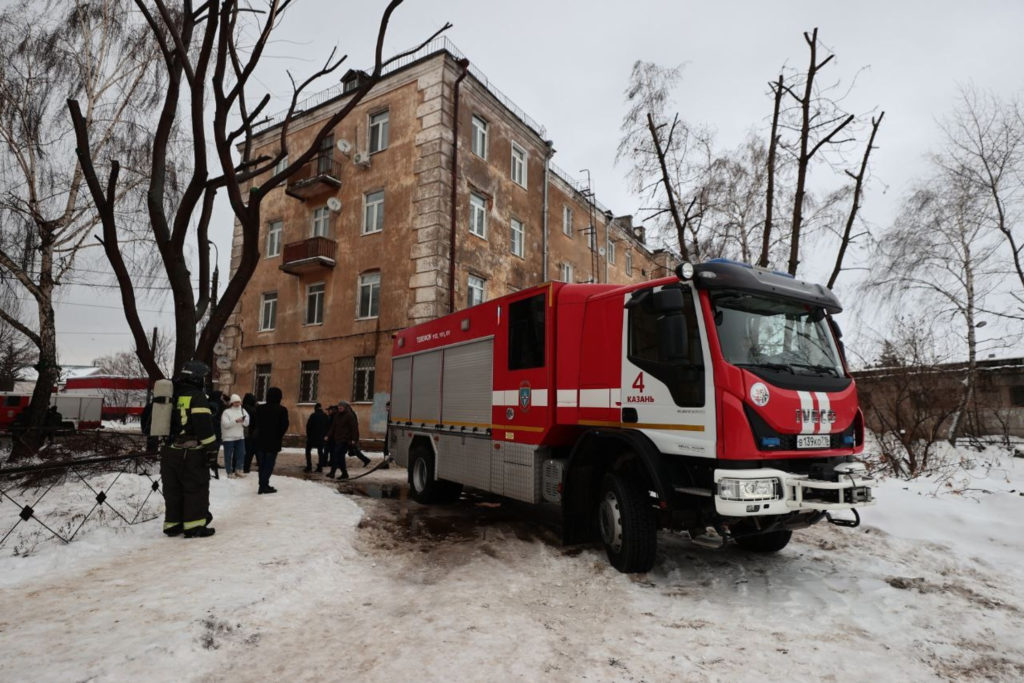Typhoon In-Fa lashed eastern China with high winds and heavy rain on Sunday as other parts of the country were still cleaning up following historic flooding.
Sea, air and rail traffic was shut down across a swathe of China’s east coast with In-Fa expected to make landfall near the major shipping port of Ningbo sometime late Sunday afternoon or early evening.
The typhoon’s effects were felt Sunday morning in the metropolis of Shanghai, China’s largest city, with strong gusts of wind and consistent although not yet heavy rainfall.
All inbound and outbound flights were cancelled Sunday for the city’s two international airports as were dozens of scheduled trains, while activity at the ports of Shanghai and Ningbo — two of the world’s largest — was also shut down.
Some public attractions in Shanghai and other cities, including Shanghai Disneyland, were closed and residents were warned to avoid outdoor activities.
Torrential downpours dumped a year’s worth of rain in just three days last week in the central province of Henan, killing at least 58 people.
Millions of others have been affected by those floods, with some trapped without fresh food or water for days, and economic losses have run into the billions of dollars.
China’s meteorological authority said that after landfall In-Fa would weaken but could continue to hover over a wide area of eastern China for days, ringing itself out and bringing heavy rainfall, possibly to areas still recovering from last week’s freak flooding.
“It is necessary to be highly vigilant and prevent disasters that may be caused by extreme heavy rainfall (from Typhoon In-Fa),” the China Meteorological Administration said on Sunday.
China has suffered an annual summer flooding and typhoon season for millennia, but the record rainfall this past week in Henan has prompted questions about how cities could be better prepared for freak weather events, which experts say are happening with increased frequency and intensity due to climate change.









